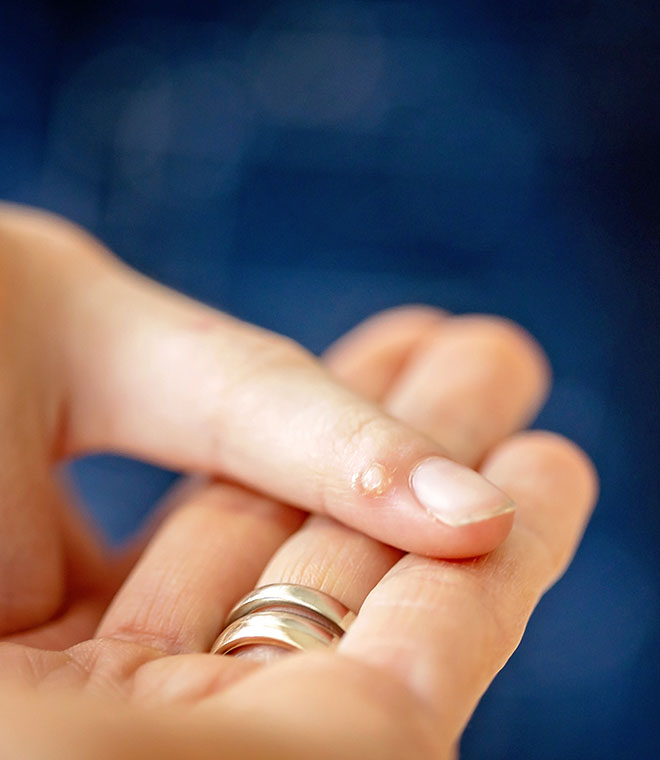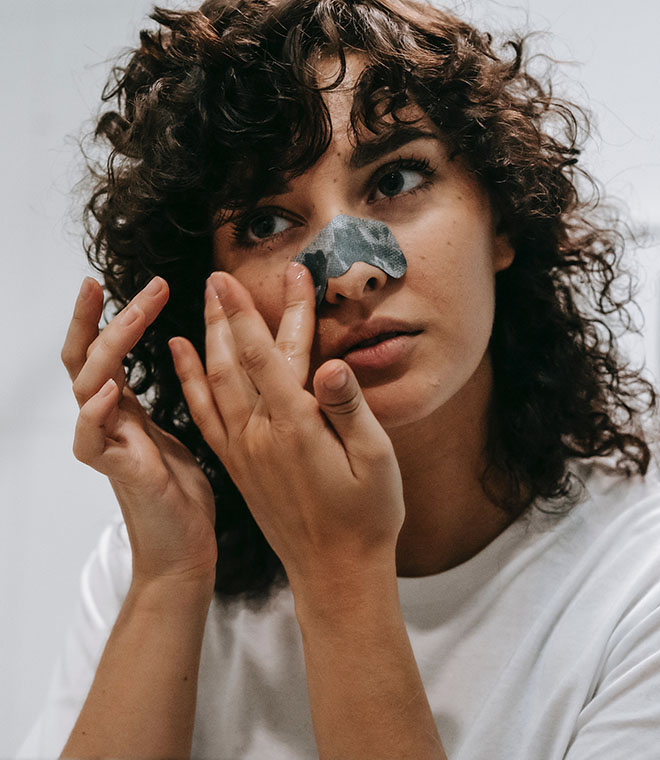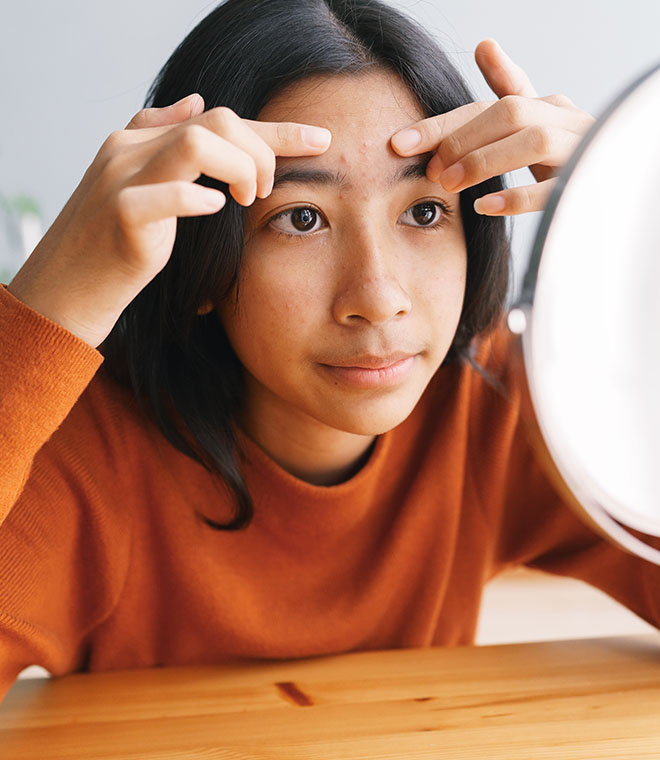Health
What is photosensitivity?
By Jean Cherry, RN, MBA Sep 10, 2021 • 5 min
Is your skin hypersensitive to the sun?
You could be experiencing a sun allergy. The clinical name for this is photosensitivity or photodermatoses. It’s a condition where your skin becomes red and painful or develops itchy, raised patches with scaling, bleeding or blisters after exposure to the sun.
The most common types of photosensitivity are autoimmune, drug- and chemical-induced, and photo-aggravated responses to sunlight. Differing types of photosensitivity can occur at various stages of life, and the issue is more likely to occur during the summer. Photosensitivity can happen to anyone regardless of gender, skin type or ethnicity.
Identification of photosensitivity
You may see a significant change in skin that is exposed to the sun, while you may experience only minimal changes in less exposed areas such as the upper eyelid folds, furrows of the face and neck, skin covered by hair, or skin shadowed by the nose, chin, ears and spaces between fingers.
Risk factors for photosensitivity
You may be at higher risk for developing photosensitivity, depending on:
- Age. The older we get, the more our skin is affected by chronic sun exposure, evidenced by freckles, texture changes and red, blotchy areas on the face and neck.
- Hormones. Oral contraceptives and menopause hormone therapy can increase photosensitivity.
- Allergies. If you have a blood relative with a sun allergy, you are at a higher risk for it as well.
- Medications. Certain medications can increase photosensitivity.
Our focus will be on drug- or chemical-induced photosensitivity from medications, sunscreens and fragrances. Check to see if you are taking any of these medications.
Medications
- Antibiotics: Doxycycline, tetracycline, ciprofloxacin, ofloxacin, levofloxacin, sulfonamides
- Nonsteroidal: Anti-inflammatory drugs, such as ibuprofen, ketoprofen, naproxen, celecoxib
- Diuretics: Furosemide, bumetanide, hydrochlorothiazide
- Retinoids: Isotretinoin, acitretin
- Hypoglycemics: Glipizide, glyburide
- HMG-CoA reductase inhibitors: Atorvastatin, fluvastatin, lovastatin, pravastatin, simvastatin
- Epidermal growth factor receptor inhibitors: Cetuximab, panitumumab, erlotinib, gefitinib, lapatinib, vandetanib
- BRAF inhibitors: Vemurafenib, sorafenib
- Photodynamic therapy prophotosensitizers: 5-aminolevulinic acid, methyl-5-aminolevulinic acid, verteporfin, photofrin
- Neuroleptic drugs: Chlorpromazine, fluphenazine, perazine, perphenazine and thioridazine, chlorprothixene, thiothixene,
- Antifungals: Terbinafine, itraconazole, voriconazole, griseofulvin
- Other drugs: Para-aminobenzoic acid, 5-fluorouracil, paclitaxel, amiodarone, diltiazem, quinidine, hydroxychloroquine, coal tar, enalapril, dapsone, oral contraceptives
Check sunscreen and fragrance labels for chemicals that can cause photosensitivity.
Sunscreens
Chemicals in sunscreens can cause photosensitivity in some individuals. Check labels for para-aminobenzoic acid, cinnamates, benzophenones and salicylates. Sunscreens are important sun protection, especially for patients with photosensitivity.
Research shows that patients are more likely to adhere to sunscreens if the texture, absorbability and fragrance are cosmetically appealing, and they do not contain chemicals that can exacerbate photosensitivity.
Fragrances
Fragrances that contain musk ambrette or 6-methylcoumarin may cause photosensitivity. There are a wide variety of fragrances to choose from that do not include these chemicals.
If you find that you are taking medications or using products with chemicals known to cause photosensitivity, check with your physician to see if an alternative medication is available. You can also change to sunscreens or fragrances without the chemicals.
Tips for safety in the sun
If there is no alternative to using photosensitizing medications or chemicals, here are some tips for protection from the sun:
- Avoid exposing skin to direct sunlight, especially during the peak hours of 10 a.m. to 4 p.m.
- Look for shade outdoors, stay indoors when possible
- Cover exposed skin with clothing, and wear a hat with a wide brim. Clothes labeled with ultraviolet protection factor are now available
- Use broad-spectrum SPF-30 or higher sunscreen on exposed skin, generously reapplying every 2 hours
- Tanning products with dihydroxyacetone offer modest photoprotection
In summary, keep skin healthy by avoiding medications or chemicals that could cause photosensitivity. Remember, even sunscreen may contain chemicals that cause photosensitivity in some people. Read product and medication labels in addition to being aware of any changes in how your body reacts to the sun. Protect skin from the sun, especially when there is an increased risk of photosensitivity, and even when it is not an issue.
Updated September 2021.



